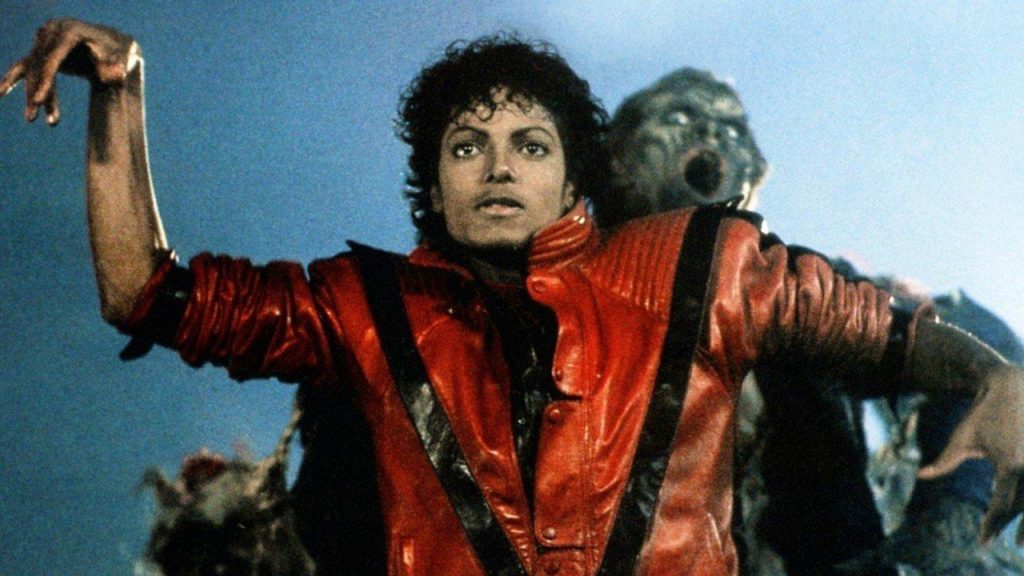In the dim light of a flickering screen or the spine-chilling silence of a turned page, the world of thrillers beckons us into its intricate web of tension and intrigue. It is a domain where every heartbeat reverberates with anticipation, and each twist unravels layers of human emotion. But what is it that makes thrillers resonate so deeply within us? As we delve into the core of this gripping genre, we will explore its compelling rhythm—the delicate interplay of fear and suspense that captivates audiences, leaving them breathless and yearning for more. From the eerie whispers of psychological thrillers to the high-octane chase sequences of action-packed narratives, the art of crafting suspense is a delicate dance that has enchanted storytellers and audiences alike. Join us on a journey to uncover the elements that transform ordinary tales into extraordinary experiences, where the thrill of the unknown keeps us on the edge of our seats, eagerly awaiting what lies just around the corner.
Table of Contents
- The Psychological Pulse of Thrillers: Understanding Fear and Suspense
- Crafting a Gripping Narrative: Key Elements That Keep Readers on Edge
- Soundscapes of Tension: The Role of Music and Sound in Enhancing Thrillers
- Beyond the Pages: Recommendations for Thrilling Films and Shows That Redefine Genre Standards
- Insights and Conclusions
The Psychological Pulse of Thrillers: Understanding Fear and Suspense
The intricate dance of fear and suspense in thrillers captivates audiences, drawing them into a world where the unknown lurks just beneath the surface. Thrillers manipulate psychological elements that create an exhilarating experience, leveraging techniques that elicit a visceral reaction. Key components that contribute to this psychological tension include:
- Unpredictability: Plot twists keep the audience on edge, preventing them from accurately predicting outcomes.
- Character Vulnerability: Heroes with relatable flaws or adversaries with chilling motives enhance emotional investment.
- Atmospheric Tension: Descriptive settings foster an immersive experience, intensifying the feelings of dread and intrigue.
This formulation not only entertains but also engages deeper emotional undercurrents. The balance between realism and sensationalism proves pivotal; the more believable the threats, the more potent the fear. Understanding this rhythm allows creators to manipulate emotional pacing effectively, leading to a compelling narrative experience that can be illustrated as follows:
| Element | Effect on Audience |
|---|---|
| Foreshadowing | Creates anticipation and dread, making viewers suspect what’s coming. |
| Cliffhangers | Amplifies tension, leaving the audience in a state of suspense. |
| Psychological Manipulation | Explores fears rooted in reality, triggering a primal response. |
Crafting a Gripping Narrative: Key Elements That Keep Readers on Edge
To craft a narrative that grips the reader from the very first page, several key elements come into play. The building of tension is paramount; it intertwines with the pacing of the story to create an environment of unease where anything can happen. This can be achieved through the use of unexpected twists, cliffhangers, and carefully planted red herrings that keep the audience guessing. A well-timed reveal can leave readers breathless, while the clever manipulation of multiple perspectives enhances the tension, as each character’s story brings them closer to inevitable confrontation or disaster. Readers are drawn into the labyrinthine plots that slowly unfold, making each turn of the page feel like a leap into the unknown.
Characters become the heart of a thrilling narrative, and their complexity adds layers of depth to the story. Crafting protagonists and antagonists that are relatable yet enigmatic creates an emotional investment for the audience. Key traits to consider include:
- Flaws – Imperfections that render characters more human.
- Motivation – Clear desires that propel their actions, creating conflict.
- Backstory - Rich histories that explain their present choices and fears.
Moreover, immersing readers in a vivid setting—be it a dark alley, an abandoned house, or a city on the brink of chaos—enhances the mood and heightens suspense. A well-crafted atmosphere not only grounds the story but also acts as a silent character itself, influencing events and decisions. As layers of narrative unfold, readers are left on edge, craving resolution while dreading what may come next.
Soundscapes of Tension: The Role of Music and Sound in Enhancing Thrillers
In the realm of thrillers, sound is not merely an accessory; it is an integral player in the narrative, orchestrating emotions and manipulating viewer responses. The layers of ambient sounds, an eerie score, and sudden auditory shocks craft a psychological landscape that elevates tension to a fever pitch. This can be broken down into several essential elements:
- Dissonance: Jagged and jarring sounds heighten anxiety.
- Silence: Strategic pauses can create a looming dread, amplifying the significance of every subsequent sound.
- Familiarity: Sounds that evoke common experiences can lead to a deeper connection with the audience’s fears.
- Layering: Combining multiple sound elements can simulate the complexity of real-life anxiety and suspense.
Beyond the immediate auditory effects, music plays a pivotal role in shaping the narrative arc. Composers cleverly utilize motifs that repeat and evolve throughout the film, subtly guiding the audience’s emotional journey. The following table illustrates notable techniques employed in thriller soundtracks:
| Technique | Description |
|---|---|
| Theme Development | Introducing musical themes associated with characters increases emotional attachment. |
| Volume Dynamics | Manipulating volume levels builds suspense; sudden increases can trigger shock. |
| Instrumentation | Choosing unconventional instruments can evoke unsettling emotions. |
Beyond the Pages: Recommendations for Thrilling Films and Shows That Redefine Genre Standards
For those who thrive on the edge of their seats, a selection of films and shows has emerged that not only amplify the classic thriller elements but also innovate in exciting ways. Consider diving into the psychological depths of “Mindhunter”, where the true crime narrative meets a chilling exploration of criminal psychology. Alternatively, the visually stunning yet harrowing “Gone Girl” redefines twists and turns, offering a perceptive look at media manipulation and relationships. Other must-watches include:
- “Prisoners” – A gripping tale of desperation and moral ambiguity.
- “The Haunting of Hill House” – Blending horror with deep emotional resonance.
- “Black Mirror” – A modern anthology that distorts the line between reality and dystopia.
These selections showcase a beautifully varied interpretation of thrillers, weaving suspense into their narratives. When you crave something that keeps you guessing until the last second, look no further than “The Invisible Man”, which cleverly manipulates the fear of the unseen. Adding to this list, the innovative structure of “True Detective” lends layers to the genre, juxtaposing intricate storytelling with philosophical inquiries. For a more unconventional experience, consider:
| Title | Director | Premise |
|---|---|---|
| “The Witch” | Robert Eggers | A terrifying tale of paranoia and superstition in 17th-century New England. |
| “Hereditary” | Ari Aster | A chilling family drama that transcends conventional horror. |
| “Oldboy” | Park Chan-wook | A visceral revenge story that intertwines fate and madness. |
Insights and Conclusions
In closing, “” invites us to explore the intricate dance between emotion and storytelling, where tension builds to a crescendo and every heartbeat echoes the thrill of the unknown. Through its multifaceted layers, the thriller genre transcends mere entertainment, beckoning us to confront our deepest fears and curiosities. As we immerse ourselves in shadowy plots and pulsating rhythms, we discover that the true mastery of a thriller lies not just in the chills it evokes, but in its ability to mirror the complexities of human experience. So, as we turn the final page or dim the screen, let us carry forward the echoes of suspense, ever eager for the next journey into the thrilling abyss.


